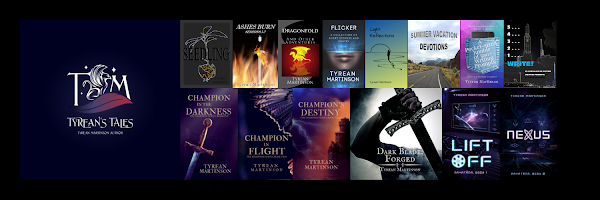STORYTELLING TO INSPIRE US
“Narrative imagining — story — is the fundamental instrument of thought. Rational capacities depend upon it. It is our chief means of looking into the future, or predicting, of planning, and of explaining.” --Mark Turner, cognitive scientist, linguist, and author
And, in a somewhat related article, check out: Cas Anvar - Art, Science, and Saving the World Through Space Exploration - Especially this quote which is actually Cas Anvar re-quoting Jeff Bezos: “The dreamers are essential to tell us what our future can be. And then, our job is to manifest it. We need the inspiration that comes from the dreamers and storytellers.”
In my teaching/tutoring life, I just started working with a new student. We're working with story maps, so I thought I would share some of the same information here:
STORY MAPS
Story maps are a useful tool for world building and story development.
With a story map, either hand-drawn or drawn with a map system, a writer can take time to consider:
- Where a story is going to take place;
- How important the setting is to the character's past, present, and future;
- Why the character is on her/his journey;
- Who the character will meet along the way;
- and What will come at the end - a reward, a punishment, justice, hope?
- In addition to these, a story map can help a writer consider whether or not the character will return to their starting point, both in physical location and in character development. If they return to the physical starting point, how will the changes in their character change how they interact with that place?
Story maps can be used for fantasy settings, realistic contemporary settings, historical settings, and futuristic settings.
Story maps can also be used for stories that don't go "very" far in physical location, but which have a depth of interior movement for the character, developing the character in strength or understanding, or showing the fall of a character from mildly good to mildly bad.
Story maps can include physical dilemmas for the character: mountains to climb, valleys to roam, city-scapes where treachery awaits at every corner, labyrinths, etc.
Story maps can also include "trigger" places for a character's interior journey: Uncle Art's old rocking chair, mother's jewelry box on her bedside stand, the kitchen table where all the card games were played, the window view of the dead orchard outside.
A story map can contain all of these with symbols or notes.
Can we use storytelling to imagine or inspire the future?
And, have you ever used a story map to help you develop a plot or remember to describe a place in your character's journey?

I haven't used a story map and setting is my least favorite thing to describe in a story, even though I'm a fantasy writer. I like your ideas for making the whole setting way more interesting. Thanks!
ReplyDelete